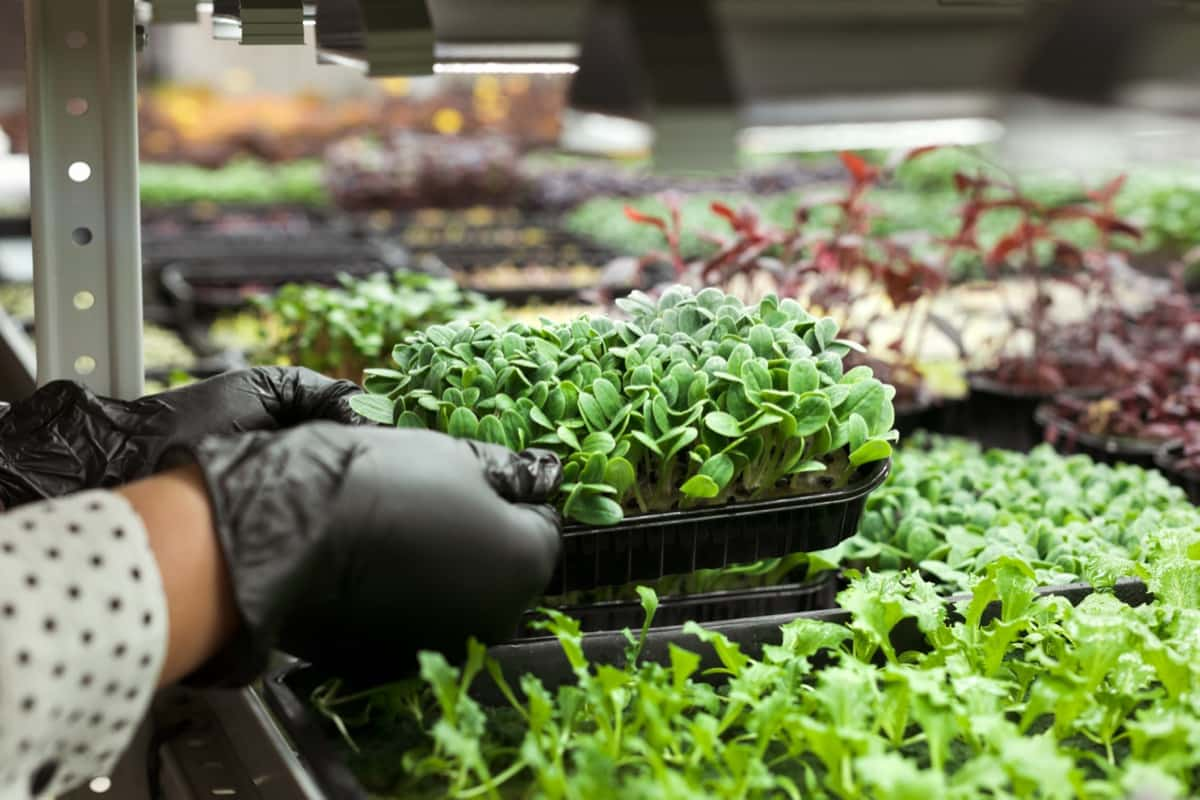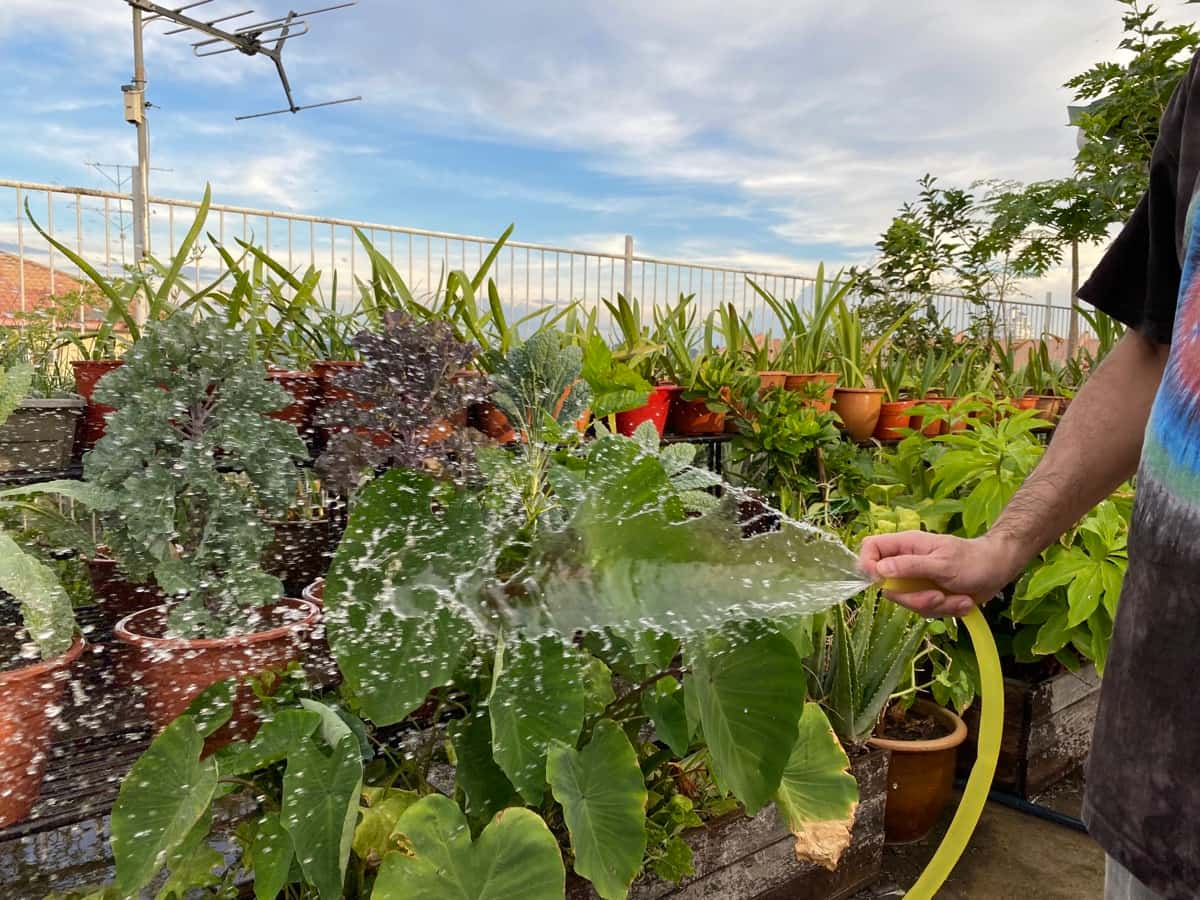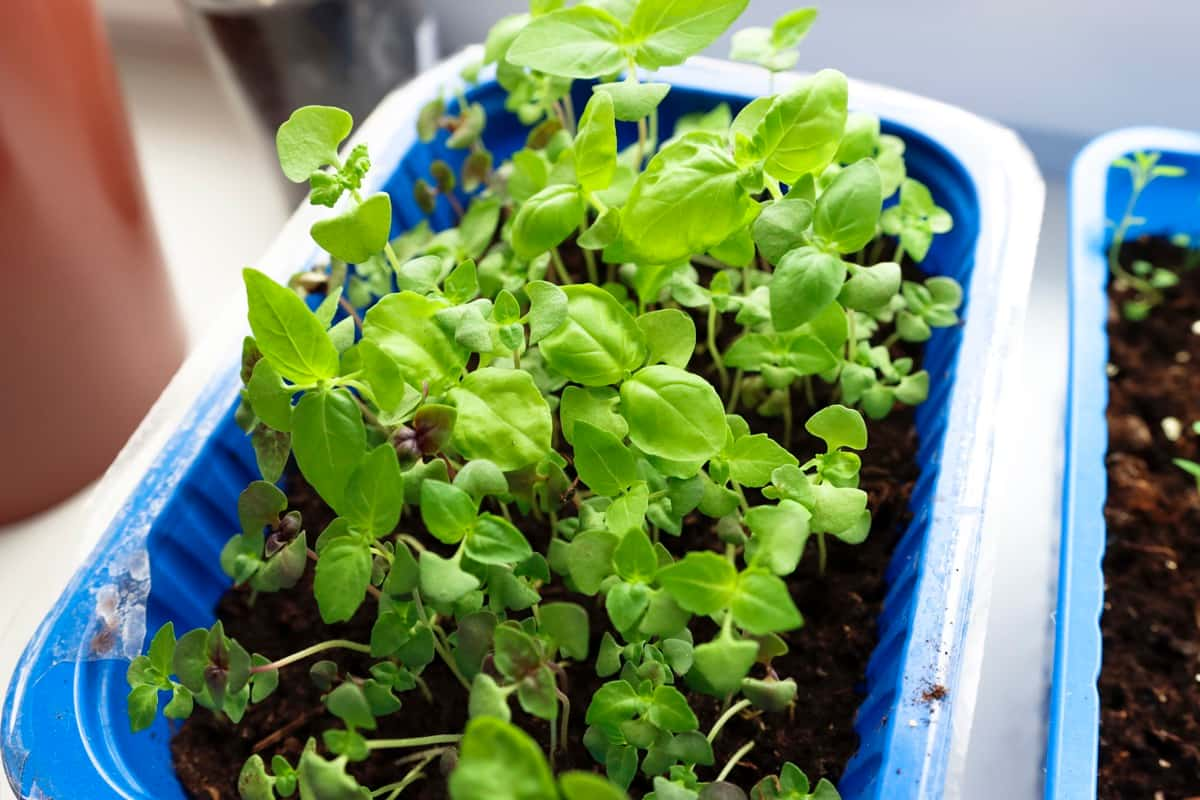Gardening in containers can be an enjoyable activity that allows you to utilize all the available space. A well-designed and managed container garden can provide abundant fruits, vegetables, herbs, and flowers. With a container garden, you can grow almost anything in the ground, from fruit trees to the tiniest herbs. A container garden allows you to grow many plants, but several things can go wrong. Here are some possible mistakes you might be making to help you avoid them.
How to Avoid Common Mistakes in Container Gardening
Using Containers That are Too Small
- A container garden can be used indoors as well as outdoors. Besides flowers, it can also grow fruit trees, shrubs, shrubs, and trees. Therefore, you cannot plant any plant in any container.
- Solution: When choosing plants for your container garden, pay attention to their root systems. As they grow, their root systems will become larger. As a result, they require a deeper and wider container than plants with shallow roots.
In case you missed it: Best Potting Soil and Fertilizers for Container Gardening

Wrong Type of Container
- Different materials are used to make containers. Selecting the right growing medium depends on understanding your plants’ needs.
- Solution: You should use terracotta pots if your plants like consistent moisture. Their moisture retention is much higher than that of other varieties. You should, however, use glazed or plastic containers if you want your plants to dry completely between waterings.
Choosing the Wrong Plants for a Container Garden
- Container gardening does not allow you to grow every type of plant. Choosing what to grow must take this into account. Choosing what to include in a container garden should be based on your container’s size and the space you have allocated.
- Solution: If you choose dwarf fruit and patio varieties of many vegetables, you can avoid this mistake. In a container, however, most flowers and trees should be able to grow, provided they do not grow too large.
Picking Containers with Poor Drainage
- It’s important to pick a large container to support your plant when designing a container garden. You should select the right material for the container based on the plant’s drainage requirements. A well-drained soil ensures that the plant doesn’t become soggy.
- Solution: Make sure the planter is in good condition before planting. Ensure your drainage hole or holes are large enough to quickly drain water away from your plant. Your plant will stand in water if you do not do this. Eventually, this could lead to the plant suffocating.
Under or Overwatering
- The gardener will be responsible for this mistake. Plants are watered too often by some gardeners, and not enough is done between watering sessions. In addition, some gardeners apply too much water to their plants for fear of their plants drying out.
- Solution: Always test the soil before adding more water when raising plants in a container. Take a finger and place it in the soil. The plants can handle more water if dry to your first knuckle. Wait, if not.
In case you missed it: Pot/Container Gardening with Herbs: A Guide to Growing Fresh Flavors at Home

Not Choosing Proper Lighting
- Some plants prefer full sun, whereas others prefer partial sun. When caring for plants, this makes all the difference. Knowing what your plants require can help you take care of them.
- Solution: Pay attention to this and move the planters so the crops can get what they need. If you do not, your plants could receive too much or too little sunlight. In turn, this would affect the overall health of your container garden.
Not Fertilizing Enough
- Knowing how much fertilizer that plants are receiving is also important. A limited amount of soil is available to them. This can hurt the health of the plant.
- Solution: Investigate the plant’s needs when learning how to care for it. The fertilization schedule will include how often and what kind of fertilizer should be applied. During times of distress, it may require more feedings. Fertilizer should be diluted by 50% when used in container gardens.
Ignoring Pests and Diseases
- When you raise a garden, it is important to be aware of potential threats to each plant. Container gardens can pose different threats depending on whether they are grown indoors or outdoors. Your garden should, however, not be ignored if there are any signs of trouble.
- Solution: Take the time to examine your plants for issues to avoid this mistake. If you find any signs of pests, you can treat them with an insecticide. Many online tutorials can assist you in identifying and treating diseases if you are concerned.
Using “Filler” Material at the Bottom of Planters
- Some people place pebbles at the bottom to help the water drain better from planters. Most container gardens do not recommend this practice. As far as draining water is concerned, your container should do all the work.
- Solution: The solution to avoiding this mistake is simple. Your planter should only contain soil and plants. Doing this will ensure the water drains away from the plant, and you won’t reduce the amount of soil the plant draws from the container.
Watering the Foliage of Plants
- Many styles of gardening can make this mistake. Ensure your plants receive sufficient water correctly and at the right time. The improper watering of container gardens can lead to pest and disease problems.
- Solution: You should water the soil when watering a container garden. It is best to avoid foliage as much as possible. Early morning watering is also a good idea. So, if the foliage gets wet, the plants will get time to dry before the cooler temperatures set in at night. Plants with wet foliage and cooler temperatures are susceptible to fungal infections.
Too Many Plants Per Container
- Growing a container garden means you won’t have space to grow many plants. It is only necessary to have a place to plant them all.
- Solution: This could work in a large enough container if you grow a tall flower and want to surround it with smaller flowers. The same could be said for herbs. The best method for growing taller vegetables is to place only one plant in each container. Overcrowded crops won’t grow well.
In case you missed it: Pruning and Trimming Techniques for Container Plants

Putting Plants Together with Different Needs
- A container garden can contain multiple plants in one pot or a single plant in several pots. The container garden can be whatever you want it to be. The plants you choose must have similar needs, either way. Otherwise, they will constantly be at odds.
- Solution: You should consider the lighting, water, and temperature requirements of the plants you grow in a container garden.
Conclusion
Providing the right care is just as important as avoiding mistakes when creating a successful container garden. Check out this list of common pitfalls beginners make before you start your container garden project. If you avoid those mistakes when planting a container garden, you will have a much better chance of success.